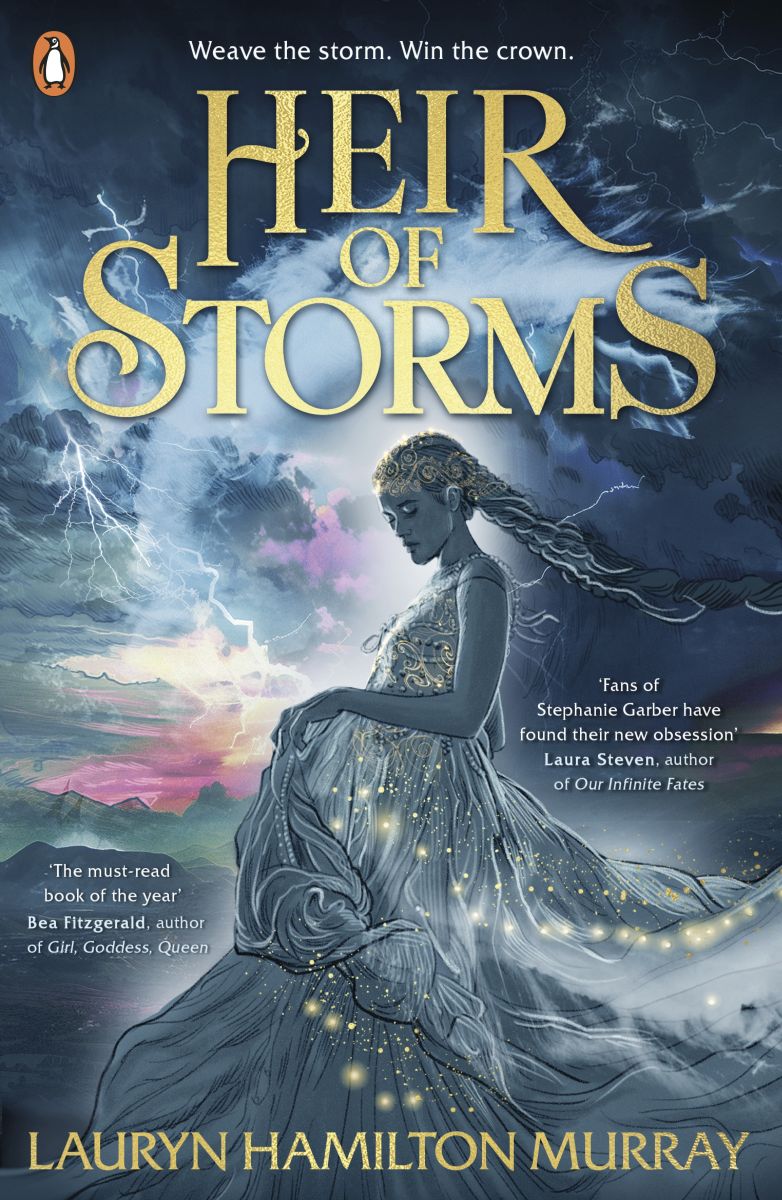
The Book of Dust: Volume One – La Belle Sauvage
by Philip Pullman
David Fickling Books 2017 paperback 448 pp $32.99 ISBN 9780857561084
 If, like me, you’ve ever logged on to J.K. Rowling’s Pottermore site to check out what animal your patronus would be, my guess is that you’d love the world Phillip Pullman created as the setting for The Book of Dust – La Belle Sauvage. In Pullman’s world, human souls take the form of animal companions or Daemons, and they are exquisite creatures.
If, like me, you’ve ever logged on to J.K. Rowling’s Pottermore site to check out what animal your patronus would be, my guess is that you’d love the world Phillip Pullman created as the setting for The Book of Dust – La Belle Sauvage. In Pullman’s world, human souls take the form of animal companions or Daemons, and they are exquisite creatures.
Of course, La Belle Sauvage is part of a prequel series, so Pullman built the world as a setting for the books that form the His Dark Materials trilogy, which includes; Northern Lights (1995), The Subtle Knife (1997), and The Amber Spyglass (2000). And if you’ve read them, or watched the film The Golden Compass (2007), then you’ve already met 12 year old Lyra and her Daemon Pantalaimon.
Lyra is all sass, smarts and heart, which is lucky given that she’s the subject of a prophecy and has to save her world. But, in La Belle Sauvage, Lyra is a baby and in desperate need of protection from her mother, a murderous ex-criminal bent on revenge, the Consistorial Court of Discipline – an insidious agency of the increasingly fundamentalist church – and a devastating flood.
Protection first comes in the form of the nuns at the priory of Godstow a little ways down the river from Oxford (an Oxford in a parallel universe to Oxford, England). But the heroes of the story are 11 year-old Malcolm Polstead and his daemon Asta who live and work at the local inn ‘The Trout ‘ alongside the irascible 15 year-old kitchen hand, Alice.
Apart from his dislike of Alice, Malcolm is quietly self-assured, curious, helpful and, along with Asta, loves to paddle his canoe La Belle Sauvage up and down the river Thames. As the priory is on the opposite bank to The Trout, Malcolm also often helps the nuns by running errands or fixing things, and this is how he first encounters baby Lyra and Pantalaimon. As Malcolm’s fondness for Lyra grows, so does his awareness of the dangers she faces from the adult world, and he promises to protect her no matter what. It’s this promise that leads Malcolm into ever increasing danger, and when it begins to rain mercilessly and the Thames breaks its banks and threatens the priory, Malcolm forms an uneasy alliance with Alice and they flee with baby Lyra in La Belle Sauvage as the priory crumbles.
Pullman won the Carnegie Medal for Northern Lights, and the His Dark Materials trilogy gathered a number of other awards. He is an adept storyteller, and in La Belle Sauvage Pullman uses pace brilliantly to build tension. The story is slow in the beginning, as the pace matches Malcolm’s life at The Trout and school, but as Malcolm’s life intertwines with Lyra’s and the threat from ex-crim Gerard Bonneville and his crazed hyena Daemon intensifies, Pullman ups the pace until the story is moving along at the speed of the floodwaters which smash the towns along the Thames.
Like J.R.R Tolkien and J.K Rowling, Pullman draws from myth and legend to build layers into his stories. And like Tolkien and Rowling who both drew on the nefarious influence of fascism to help shape conflicts in their stories, Pullman does the same, but throws in religious fundamentalism for good measure. So, the threat of the Consistorial Court of Discipline (an agency which polices religious unbelief) is ever present in the book, and reaches into Malcolm’s school in the form of the League of Alexander, which promises heavenly rewards and shiny badges to Malcolm and his friends in exchange for information about their teachers and parents; who then start to disappear. Add this to storylines about a network of spies, some deep magic and the ongoing tensions between Lyra’s estranged and powerful parents, and it’s clear there is a complex world for Malcolm to navigate in order to protect Lyra.
For me, there are some slightly eye-rolling moments as Pullman sometimes overuses coincidences to resolve problems – like when Malcolm and Alice just happen to find a chemist in a completely flooded town when Lyra is most in need of nappies and baby formula. And there is a moment when ex-crim Gerard Bonneville catches Alice, which I found a little unbelievable, but I was too eager to keep on reading to rant about it for long.
At its heart, La Belle Sauvage is a story about a working class boy and a young woman who are willing to lay down their lives in order to save a baby, an innocent, someone who cannot fight back. It’s a timeless story, a definite keeper as it will be re-read, and I’m keen to see how the Book of Dust series unfolds.
Reviewed by Sue Wright
Comments
Sorry, the comment form is closed at this time.







notsomoderngirl
Greta post 🙂